Soft Tissue Injuries
OBJECTIVES
1 Recognize various types of soft tissue injuries.
2 Define objectives of acute treatment.
3 Select proper treatment for each type of injury.
DESCRIPTION AND CLINICAL APPEARANCE
Traumatic injuries to teeth are often associated with injuries to various soft tissue areas including oral mucosa, lips and facial skin. Foreign material (dirt, asphalt and even tooth fragments) may be embedded in the soft tissue wound areas. Careful evaluation of these areas of trauma is essential during the initial injury examination. The following are the types of soft tissue injuries one might encounter in an accident victim.159
ABRASION OF SKIN, MUCOSA AND GINGIVA
A superficial wound produced by rubbing and scraping of the mucosa or skin leaving a raw, bleeding surface which, however, remains partly covered with epithelium. The presence of epithelium is important as healing consists of proliferation of a new epithelial cover from the remaining basal layers of the epithelium and appendices.159
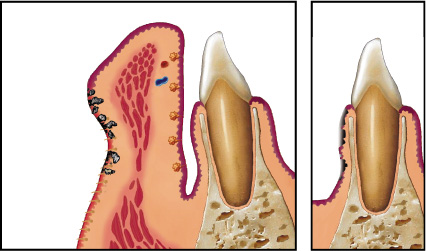
CONTUSION OF SKIN, MUCOSA AND GINGIVA
A bruise without a break in the skin or mucosa represented as a subcutaneous or submucosal tissue hemorrhage. A contusion may be isolated to soft tissue or indicate an underlying bone fracture.159
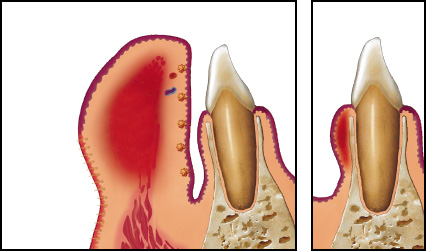
SUPERFICIAL LACERATION OF SKIN, MUCOSA OR GINGIVA
A wound in the skin or mucosa penetrating into the soft tissue. Lacerations will disrupt blood vessels, nerves and sometimes muscles, hair follicles and salivary glands. The most frequently affected sites are lips, oral mucosa and gingiva. More seldom the tongue is involved.159
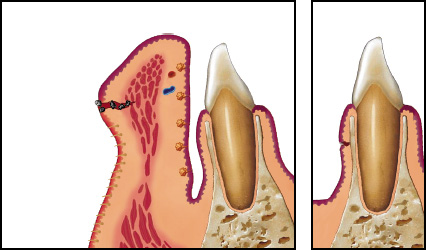
PENETRATING LIP WOUNDS
In these types of lacerations, which penetrate from skin to mucosa, the presence of foreign bodies are very common.159
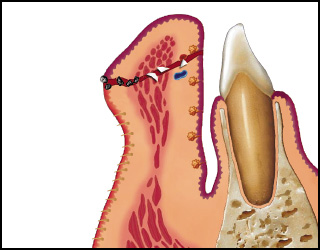
AVULSION OF SKIN, MUCOSA AND GINGIVA
Tissue avulsion (loss of tissue) are rare but seen in association with bite injuries or as a result of a very deep and extended abrasion.159
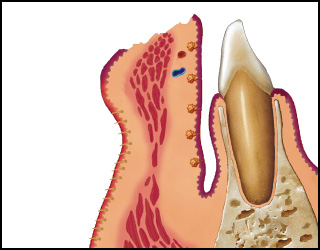
TREATMENT PRINCIPLES FOR SOFT TISSUE WOUNDS
MECHANICAL MANIPULATION OF THE WOUND
An important general principle is the need for meticulous cleansing and debridement of oral and cutaneous wounds, as presence of bacteria and especially foreign bodies increases the risk of healing complications. Secondly, wound approximation using tension-free sutures is essential for rapid healing.160–173
Stay updated, free dental videos. Join our Telegram channel

VIDEdental - Online dental courses


